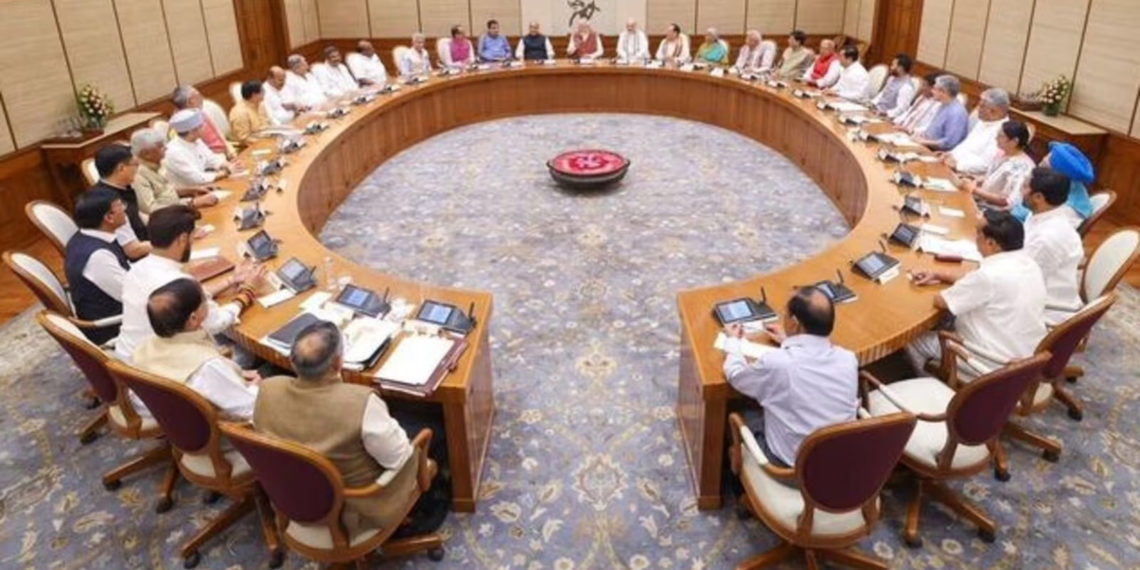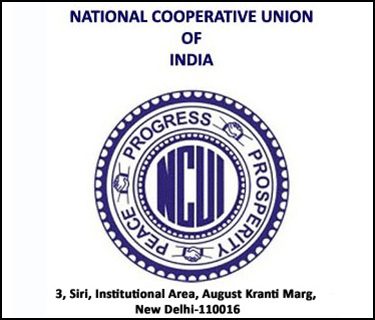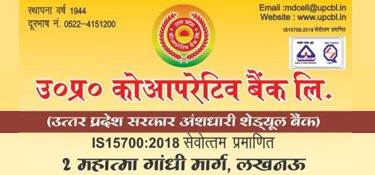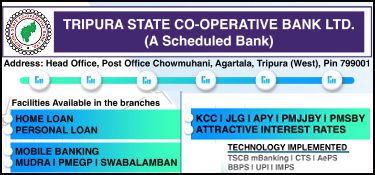The Union Cabinet, led by Prime Minister Narendra Modi, has approved the Digital Agriculture Mission, allocating a budget of Rs. 2,817 crore, including Rs. 1,940 crore from the central government. This mission is a comprehensive scheme aimed at advancing digital agriculture initiatives across India.
Key components of this mission include the creation of Digital Public Infrastructure (DPI) for agriculture, such as AgriStack, Krishi Decision Support System, and Soil Profile Mapping, which will support the development of farmer-centric digital services.
India’s digital revolution has already transformed sectors like finance, healthcare, and education, establishing the country as a leader in digital solutions. The Digital Agriculture Mission seeks to bring a similar transformation to the agricultural sector, with DPI for agriculture forming the core of this mission. DPI for agriculture will compile comprehensive data on farmers, including demographic details, land holdings, crops sown, and more. This data will be linked to relevant state and central government databases, enabling innovative and efficient services for farmers.
AgriStack, one of the mission’s key projects, will create a digital identity for farmers, known as Farmer ID, linked to various details such as land records, crops sown, and benefits received. This initiative has already seen pilot projects in six states, with the goal of creating digital identities for 11 crore farmers by 2026-27. Additionally, the Crop Sown Registry will record crops sown by farmers through mobile-based surveys, with a nationwide launch planned within two years.
The mission also includes the Krishi Decision Support System, which will provide geospatial data on crops, soil, weather, and water resources, aiding in accurate crop production estimation and other critical agricultural decisions. Soil Profile Mapping will cover 142 million hectares of agricultural land, with 29 million hectares already mapped.
The Digital General Crop Estimation Survey (DGCES) will offer precise yield estimates based on scientifically designed crop-cutting experiments, enhancing the accuracy of agricultural production estimates.
This mission is expected to generate significant employment opportunities in the agriculture sector, particularly through digital crop surveys and data collection for remote sensing. An estimated 2.5 lakh local youth and Krishi Sakhis will find employment through these initiatives.
The ultimate beneficiaries of the Digital Agriculture Mission are farmers, who will gain access to efficient, transparent, and personalized services. The mission aims to streamline service delivery, reduce paperwork, and enhance the transparency of government schemes, such as crop insurance and loans.
By leveraging modern digital technologies like data analytics, artificial intelligence, and remote sensing, the mission will enable stakeholders to develop efficient agricultural value chains and provide customized advisory services to farmers, ensuring they receive timely and accurate guidance.





















































